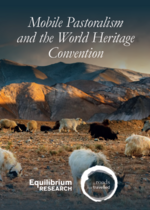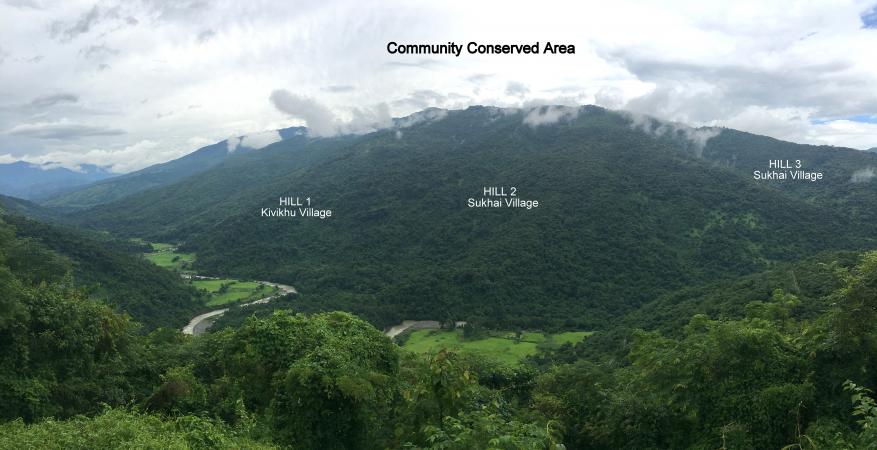Mobile Pastoralism and the World Heritage Convention
CEESP News: by Nigel Dudley of Equilibrium Research, and by Liza Zogib of DiversEarth, who is also Co-Chair of the CEESP Specialist Group on Religion, Spirituality, Environmental Conservation and Climate Justice
A recent report from the Roads Less Travelled initiative and partners looks at the position of mobile pastoralists in World Heritage sites, drawing on nine case studies. Some World Heritage sites have integrated pastoralism centrally into management, in others, pastoralists are still regarded as a “problem”; clear safeguards and guidance on mobile pastoralism are needed for World Heritage sites.

Photo: © 2019. Equilibrium Research & Roads Less Travelled
Mobile pastoralism is declining and under pressure, although important pastoralist communities remain in many places. World Heritage sites are no exception. Their management systems are at least in some cases making considerable efforts to consider the future of pastoralist communities living in or near World Heritage sites. The Convention’s focus on protecting both natural and cultural values gives it a unique perspective amongst site-based conservation approaches, which can be usefully applied to considering the sustainability and future of mobile pastoralism.
We found major differences within World Heritage sites in terms of how mobile pastoralists are perceived and dealt with. In some sites, pastoralism of different types is cited as integral to the successful stewardship and conservation of the site. Here, it is clear that the joint cultural and natural management promoted within World Heritage can provide a framework in which mobile pastoralism is integrated into wider biological and cultural conservation aims. In other sites, herders are still blamed for land degradation, or deemed incompatible with areas of ‘pristine wilderness’, which leads to forced or coerced removal of these traditional users and managers of the landscape.
 Photo: © Dmitry Pichugin
Photo: © Dmitry Pichugin
The case studies described in this paper provide some examples of approaches that appear to be succeeding and others where the future of mobile pastoralism remains more in doubt. They include: Qinghai Hoh Xil, China; the Causses and the Cévennes agro-pastoral Cultural Landscape, France; Mont Perdu, in the Pyrénées of France and Spain; Khangchendzonga National Park, India; Lake Turkana National Parks, Kenya; Laponian Area, Sweden; Socotra Archipelago, Yemen; Swiss Tectonic Arena Sardona, Switzerland; and the Uvs Nuur Basin, Mongolia and Russian Federation.
Download the report here.
For more information, please contact Nigel Dudley of Equilibrium Research, and Liza Zogib of DiversEarth, who is also Co-Chair of the CEESP Specialist Group on Religion, Spirituality, Environmental Conservation and Climate Justice



